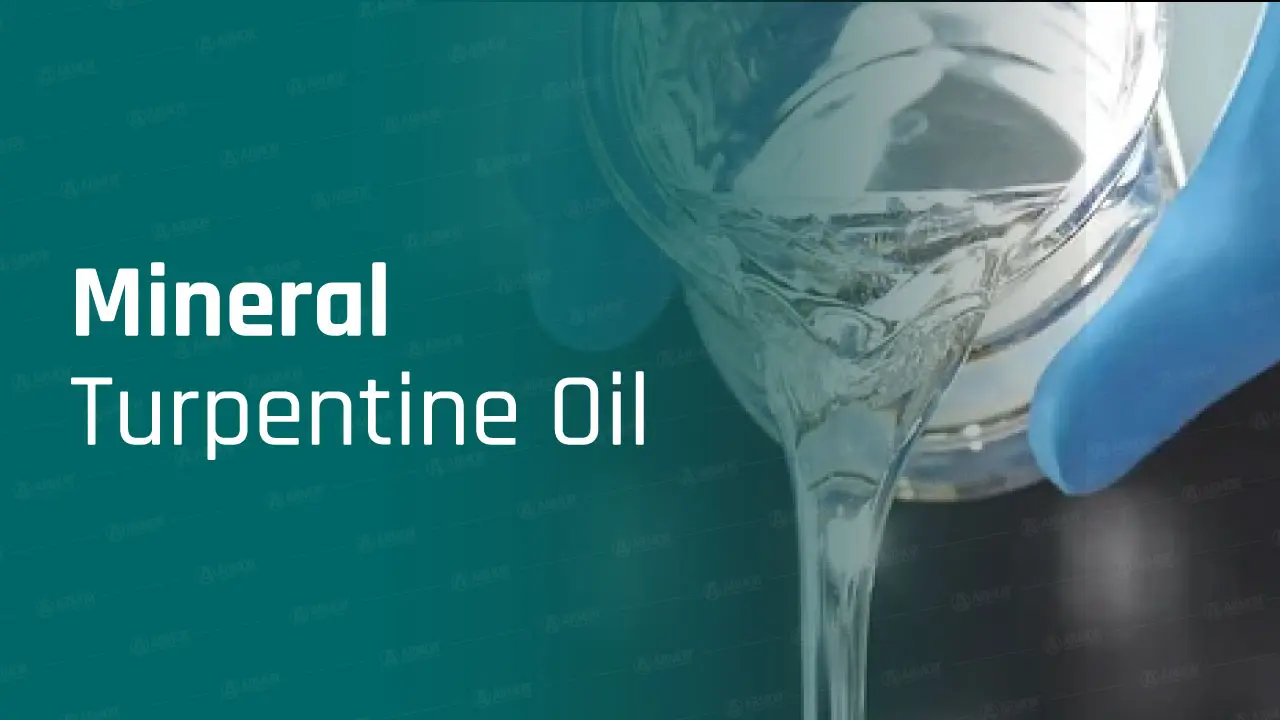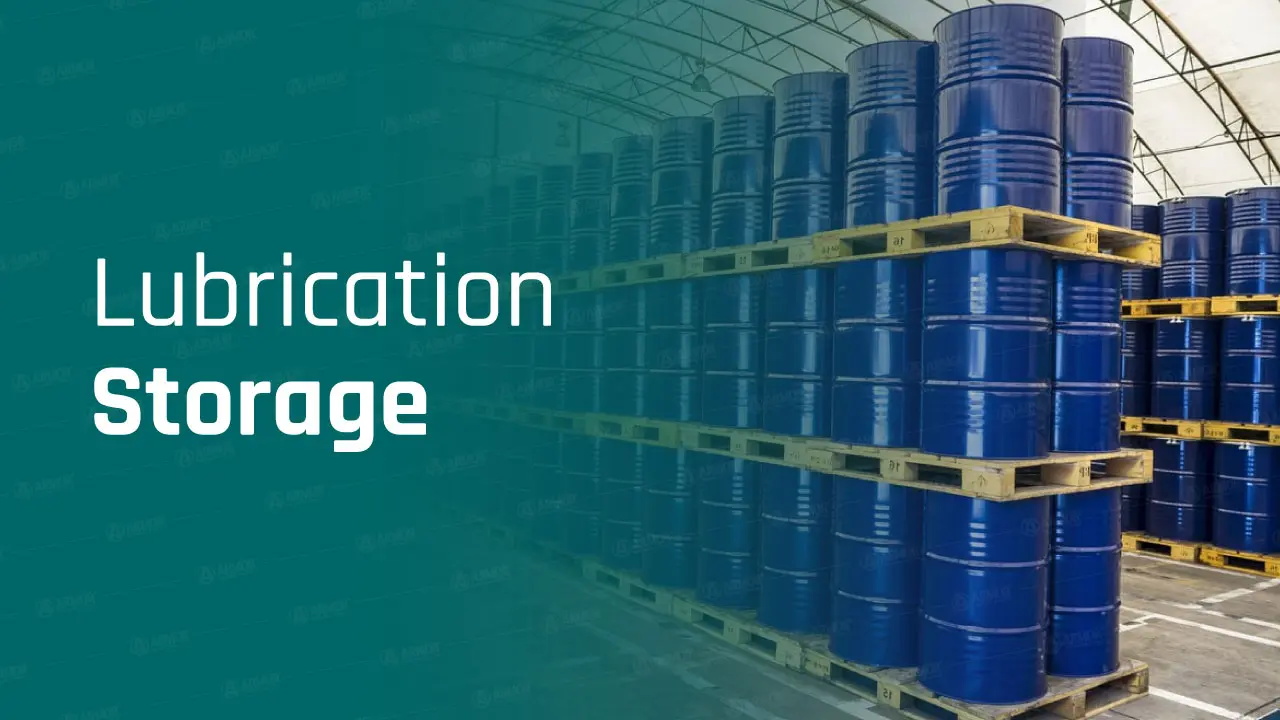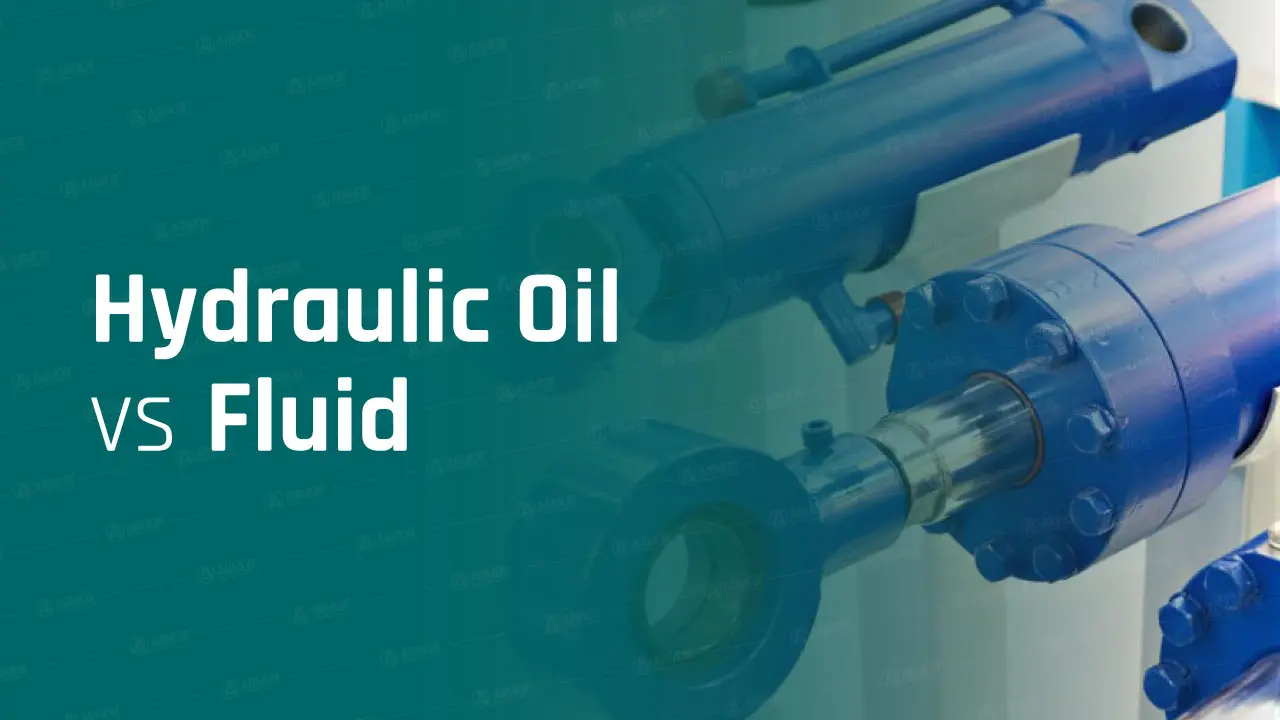- Armor Blog
- Consumer Education
- Industrial Lubricants: Types, Uses, Features and Benefits

Different Types of Industrial Lubricants and their Uses
Industrial Lubricants are oils, fluids, greases, and other compounds that reduce friction, binding, wear, and moisture. The primary function of these films is to displace solid surfaces. Otherwise, they modify surface properties, regulate temperature, or remove debris. In order to minimize wear and friction, the ideal Industrial lubricant minimizes solid-to-solid contact.
The most common industrial lubricants are mineral oils, synthetic oils and greases.
Each of these has a specific purpose and set of properties that make them ideal for their intended use.
- Mineral oil is the most commonly used type of industrial lubricant in many industries due to its low cost and ease of handling.
- Due to its improved performance, synthetic oil has replaced mineral oil as the industry standard. In applications involving high temperatures, synthetic oils can withstand extreme temperatures without breaking down, making them ideal for engine parts, bearings, and gears.
- Grease comes from animal fats such as lard or tallow which are rendered into a thick paste form before being applied to machines or equipment requiring lubrication.
Industrial lubricants are used in the industry to reduce friction and wear. Construction, mining, and oil industries use them. There are a variety of uses for these products, including cutting tools, pumps, bearings, etc. To perform their functions effectively, industrial lubricants must be free of impurities and harmful substances. These products not only reduce the temperature of metal surfaces but also reduce friction, which reduces machine wear. Furthermore, industrial lubricants reduce machine consumption, thus saving energy.
The benefits of using industrial lubricants:
- Reduced wear on the machine parts.
- Improved efficiency of the engine and reduced emissions.
- Reduced friction between moving parts, resulting in less heat generation and lower fuel consumption.
- Increased productivity.
- Reduced equipment breakdowns and mechanical failures.
- Preventative maintenance of idle machinery and equipment can reduce downtime costs. As a bonus, it reduces labor costs by not hiring extra workers
Factors to Choosing a good industrial lubricant
To ensure that your machine performs at its best, choosing the right industrial lubricant is essential. Here are some steps to help you choose a lubricant:
- Oil viscosity- It’s very important because if it’s not right, it might cause problems later on during the operation. Make sure your machine runs smoothly by choosing a lubricant with a high viscosity.
- Chemical composition –It determines the effectiveness of industrial lubricants against metals and other materials found in machinery. Anticorrosive and low flashpoint properties are essential for lubricants. Higher-grade ones cost more, but last longer.
- You can determine what type of oil or grease you need by determining the kind of equipment you are using and how it is used.
- Identify the type of lubricating system used to determine whether special lubricants are required for that system.
- Make sure all oils and greases are tested for contaminants such as dirt particles and heavy metals like lead before they’re used.
Features of different industrial lubricants
- Low viscosity- high shear thinning lubricants are used for pumping and transporting fluids. They can flow through small pipes because they’re low viscosity.
- High-temperature resistance- Heavy duty machines need industrial lubricants that can handle high temperatures. High boiling point fluids can handle temperatures up to 200°C (392°F )
- Corrosion resistance- The fluid has a very high flash point, making it suitable for use in areas with corrosive gases or vapors. A sliding component, like a gear or bearing, can also prematurely wear out.
How to properly store and maintain your industrial lubricants?
There are several ways to store lubricants, but each product requires a different approach.
Make sure you have enough lubricant on hand at all times to avoid waste and avoid running out during peak production times.
Keep your industrial lubricants in high-quality containers to protect them from contaminants. Store them in a cool cabinet or shelf so they’re easy to get to.
Be careful not to overfill or underfill your containers. To allow for expansion, lubricant should be stored less than half full during the warm months. Fill each container only three-quarters full, so it has room to expand and contract.
Conclusion
As a result of the application of a lubricant between two surfaces, friction and wear can be reduced between these surfaces. In either case, the right type and amount of lubricant should be applied at the right time.
We are always happy to answer your questions, suggestions, or queries. If you have any questions, please don’t hesitate to contact us by telephone or WhatsApp (+971 52 977 6000) Or email and we will be sure to get back to you as soon as possible.




 Spear lubricants
Spear lubricants Armada lubricant
Armada lubricant Ace lubricants
Ace lubricants Perfect lubricants
Perfect lubricants Enzo lubricants
Enzo lubricants Lawrence lubricants
Lawrence lubricants Dubai lubricants
Dubai lubricants